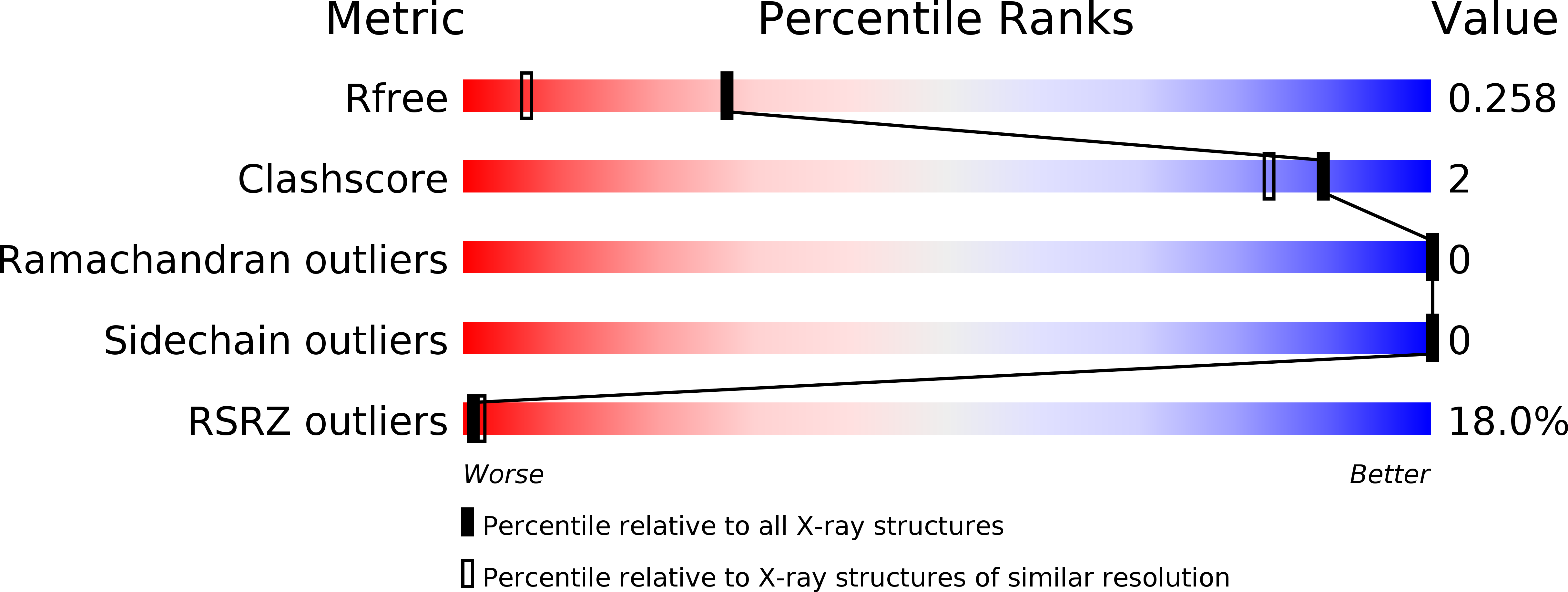
Deposition Date
2011-12-04
Release Date
2012-10-31
Last Version Date
2023-12-20
Entry Detail
PDB ID:
4AAJ
Keywords:
Title:
Structure of N-(5'-phosphoribosyl)anthranilate isomerase from Pyrococcus furiosus
Biological Source:
Source Organism:
PYROCOCCUS FURIOSUS (Taxon ID: 2261)
Host Organism:
Method Details:
Experimental Method:
Resolution:
1.75 Å
R-Value Free:
0.25
R-Value Work:
0.21
R-Value Observed:
0.22
Space Group:
P 61


